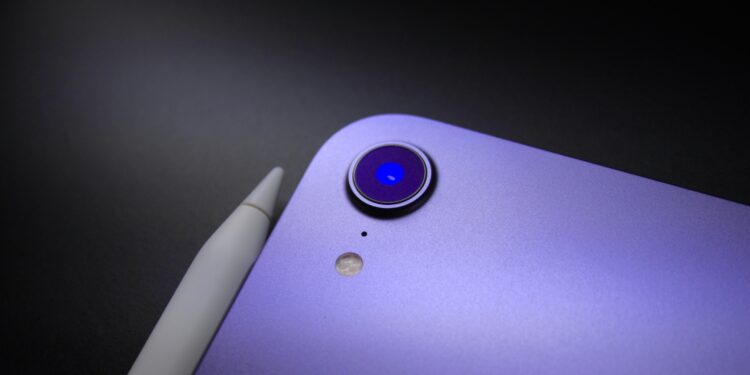Apple fans can look to the future with excitement: According to a report by market research company Omdia, the iPad mini could come onto the market with an OLED display as early as 2026. This further development would be a big step for the popular tablet series, as OLED displays offer numerous advantages over previous LCD technology.
Since its launch, the iPad mini has established itself as a versatile and compact tablet that is suitable for both personal and professional use. Apple has already relied on OLED technology in its flagship products such as the iPhone and iPad Pro, setting new standards in display quality. Now the iPad mini also seems to benefit from this technology.
Why an OLED display?
OLED displays (Organic Light Emitting Diodes) are considered one of the most advanced display technologies. The reason for this lies in their special properties:
- Individual pixel control: Each pixel can be turned on and off independently. This enables perfect blacks and extremely precise color reproduction.
- Better contrast: The technology ensures an extremely high contrast ratio, which makes images and videos appear particularly vivid.
- Faster response times: Movements on the screen appear smoother, which is especially beneficial for games and videos.
- Flexible design: OLED panels are thinner and lighter, which can make the device more compact overall.
What exactly was promised?
Loud Omdia Apple will equip the iPad mini in 2026 or 2027 with a so-called single-stack OLED panel that offers a refresh rate of 60Hz. This means that Apple could initially use a basic version of OLED technology for this model, which would still represent a significant advance compared to previous LCD displays. The introduction of OLED displays should not only be limited to the iPad mini. From 2027, the iPad Air models could also receive an upgrade.
What is the difference between single-stack and two-stack?
A single-stack OLED panel has a single emission layer that is responsible for displaying colors and brightness. Although this variant already offers excellent image quality, it has a shorter lifespan and lower brightness values compared to the so-called two-stack panels. These panels, which Apple plans to use for the 14- and 16-inch MacBook Pro models from 2026, use two emission layers. This doubles the brightness and quadruples the lifespan of the display.
What do experts say?
Ross Young, CEO of Display Supply Chain Consultants, largely confirmed Omdia's predictions, but he pointed out that the OLED technology for the MacBook Air could use a different technical basis, namely an oxide backplane instead of the LPTO technology used in high-end devices like the MacBook Pro.
Looking to the future: More OLED products
Apple's plans go beyond the iPad mini. In addition to the MacBook Pro and MacBook Air, Omdia says a foldable 18.8-inch device with OLED is planned for 2028 or later. This device will use a single-stack panel with a refresh rate of 120Hz. This shows that Apple is not just a temporary innovation but a central part of its future product strategy.
OLED technology: A milestone for the iPad mini
The iPad mini could take a significant step forward with the introduction of an OLED display. The expected release in 2026 shows that Apple is now using OLED technology in its smaller and more compact devices. For users, this means better colors, sharper contrasts and an overall improved viewing experience. At the same time, Omdia's report shows that Apple plans to integrate OLED into a variety of its products in the long term. (Photo by Unsplash / James Yarema)





